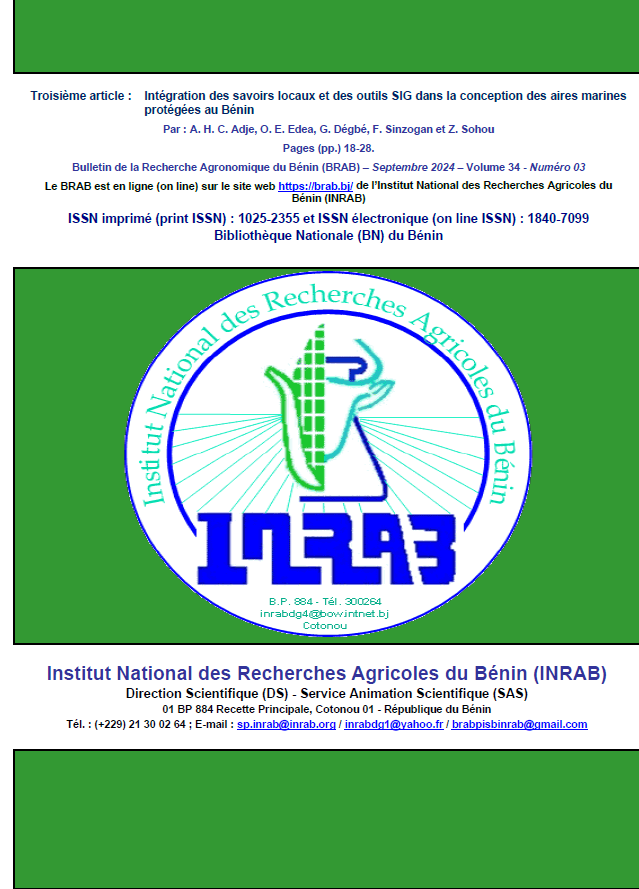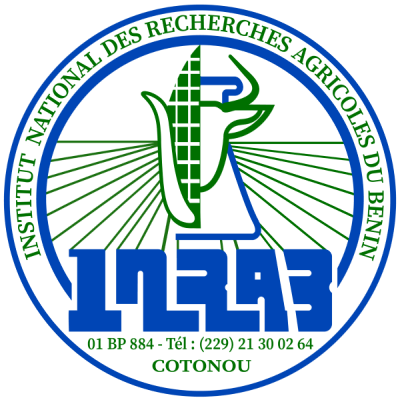Integration of Local Knowledge and GIS Tools in the Design of Benin’s Marine Protected Areas
DOI:
https://doi.org/10.62344/brab.v34i03.215Keywords:
Coastline of Benin, Donaten marine protected area, Bouche du Roy-Togbin marine protected area, traditional knowledge, geographic information systemAbstract
Marine Protected Areas (MPA) have emerged in Bénin as the primary tool for the conservation of marine biodiversity and have been promoted. The process of creating the MPA Bouche Du Roy-Togbin and the MPA Donaten, the first two MPAs, was based on both local knowledge and scientific knowledge. The objective of the study was to analyze the contributions of the integration of local knowledge and Geographic Information System (GIS) tools in the design of the first MPAs in Benin. The methodology was based on a participatory process with the following two main components: a qualitative approach was adopted to identify and integrate the traditional ecological knowledge of local communities (fishermen, community leaders, etc.) through semi-structured interviews, participatory observations, and workshops; the uses of GIS tools were to collect and to map biophysical (bathymetry, habitats, species) and socio-economic (activities, infrastructure, demography) data on the MPAs. This participatory process, set up with stakeholders (authorities, communities, NGOs, etc.), made it possible to validate the choices of delimitation and zoning. This integrated approach aimed to strengthen the effectiveness of the future management of these MPAs while taking into account the needs of local communities. The results showed that the incorporation of traditional ecological knowledge has fostered local ownership and the legitimacy of the choices of sites, as well as the uses and conservation issues. GIS tools have been essential for mapping and spatially analyzing the data, thus facilitating decision-making and monitoring of the MPAs. Finally, the study highlights the interest of an integrated approach, combining local knowledge and GIS tools, to address the challenges of the creation of marine protected areas in developing countries. The obtained results can be used to inform the design and governance of other MPAs in the West African region.

Published
Issue
Section
License
Copyright (c) 2024 Bulletin de la Recherche Agronomique du Bénin

This work is licensed under a Creative Commons Attribution-ShareAlike 4.0 International License.
Les articles publiés par le Bulletin de la Recherche Agronomique du Bénin sont en libre accès. Ils sont gratuits pour tout le monde, immédiatement téléchargeables dès la publication et distribués sous la licence CC BY-NC-ND (https://creativecommons.org/licenses/by-nc-nd/4.0/).







